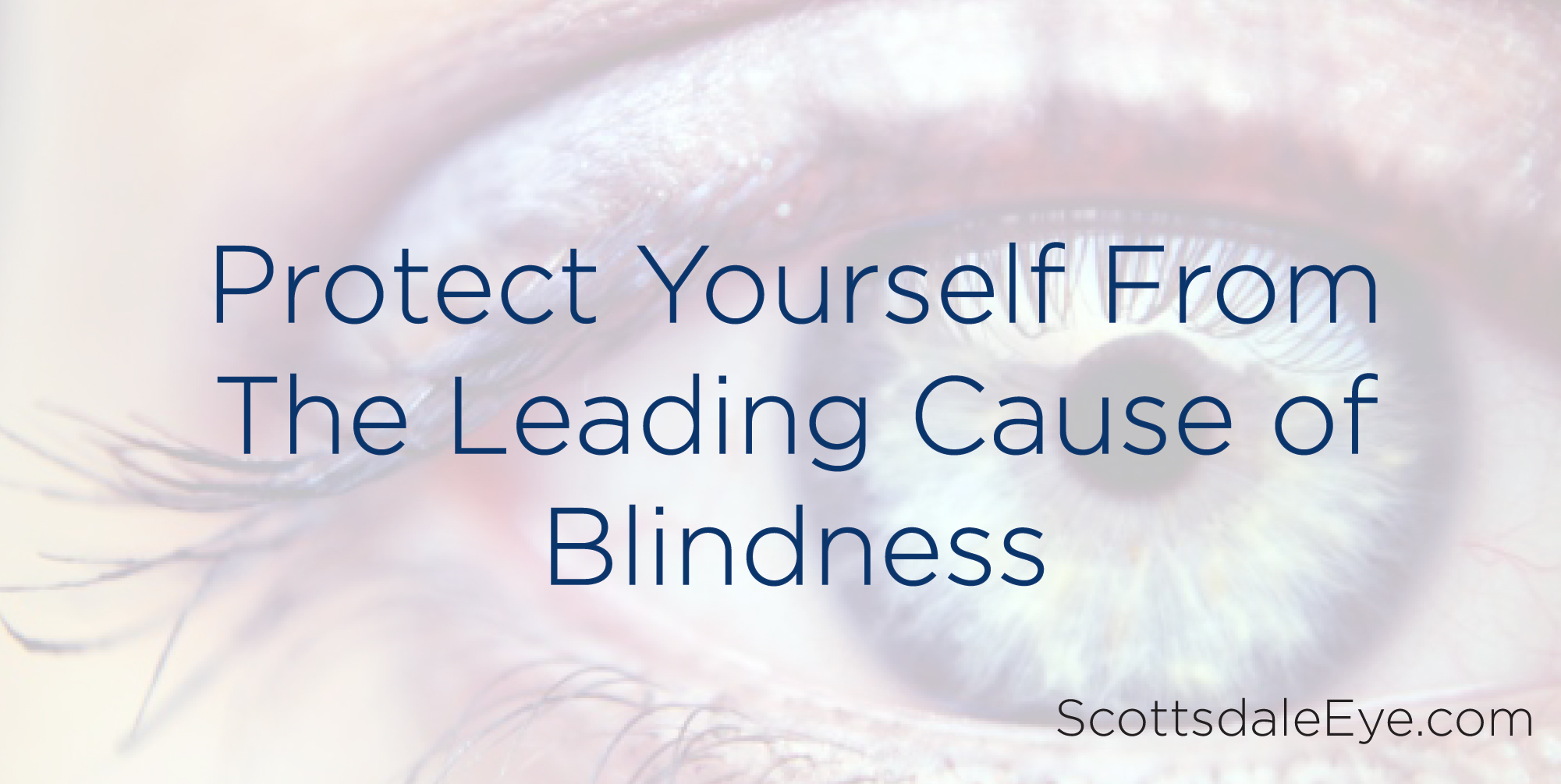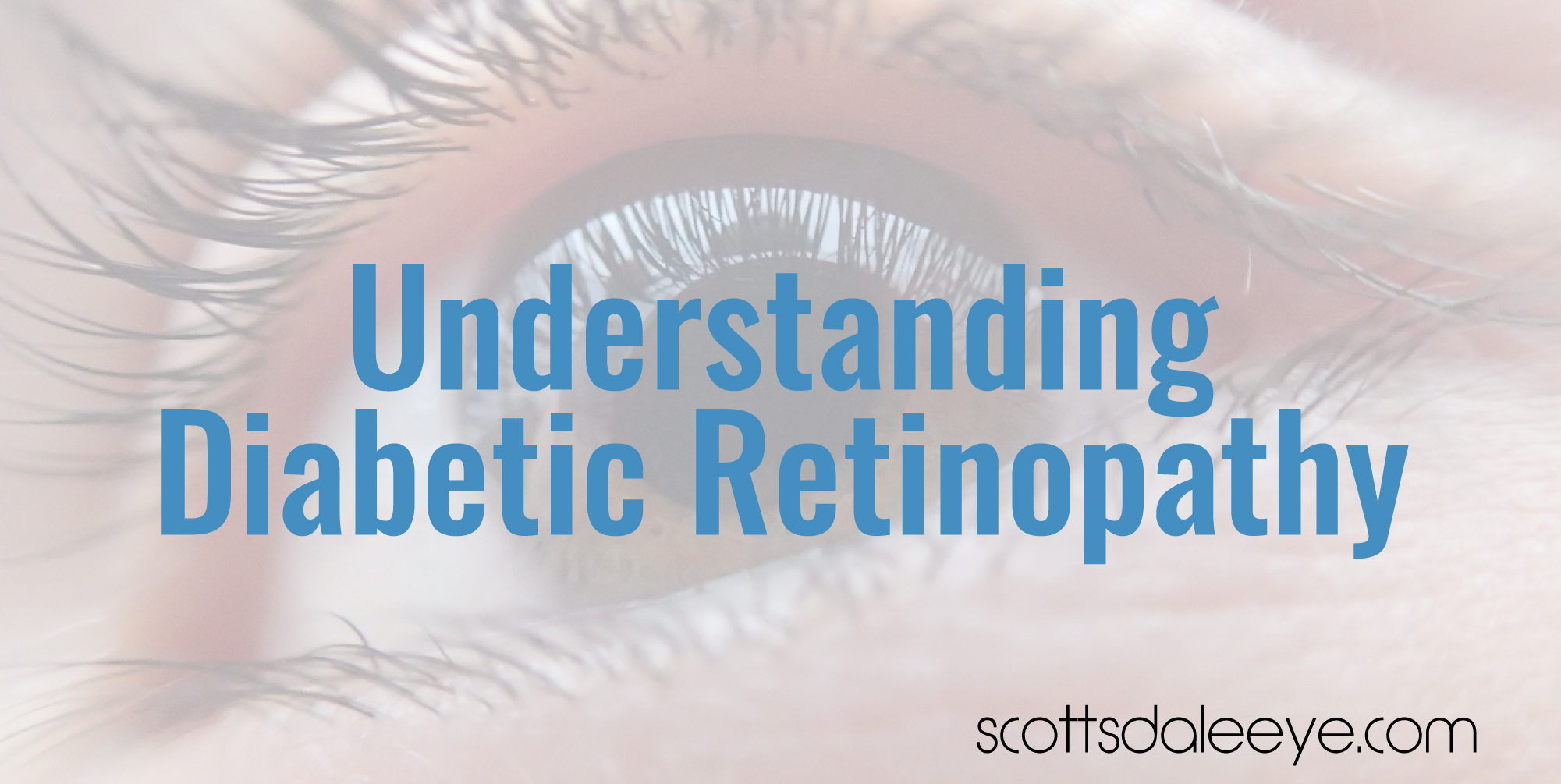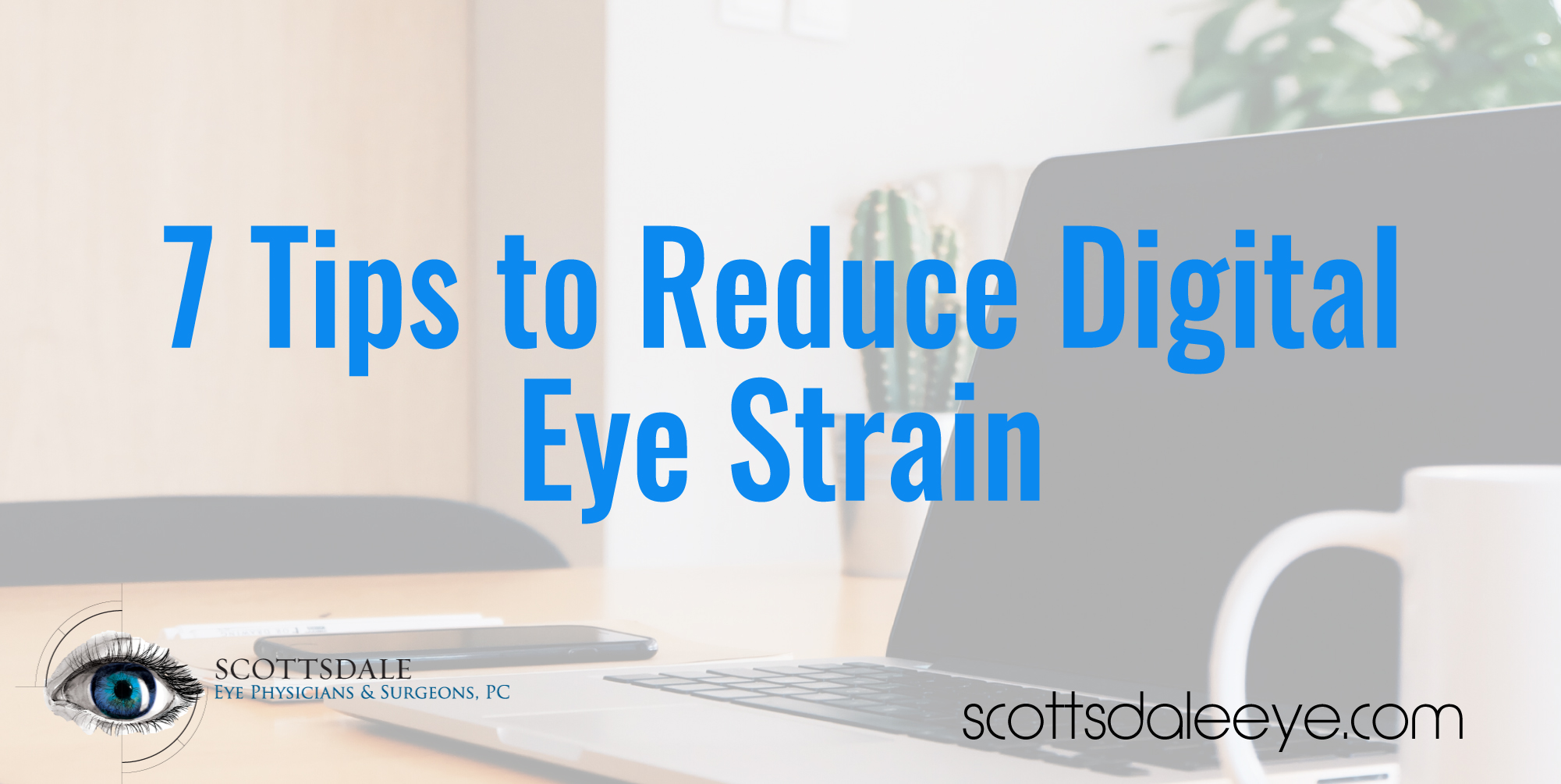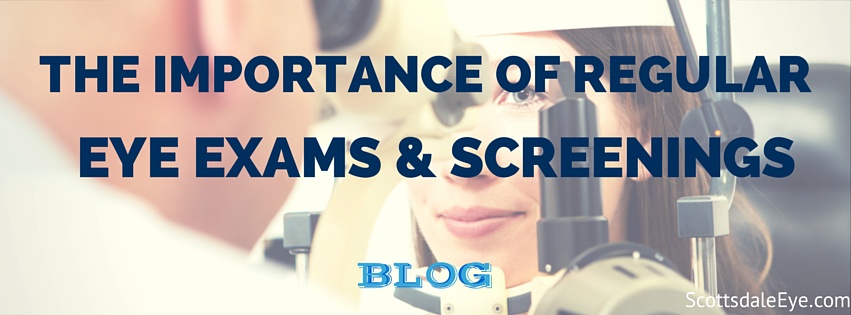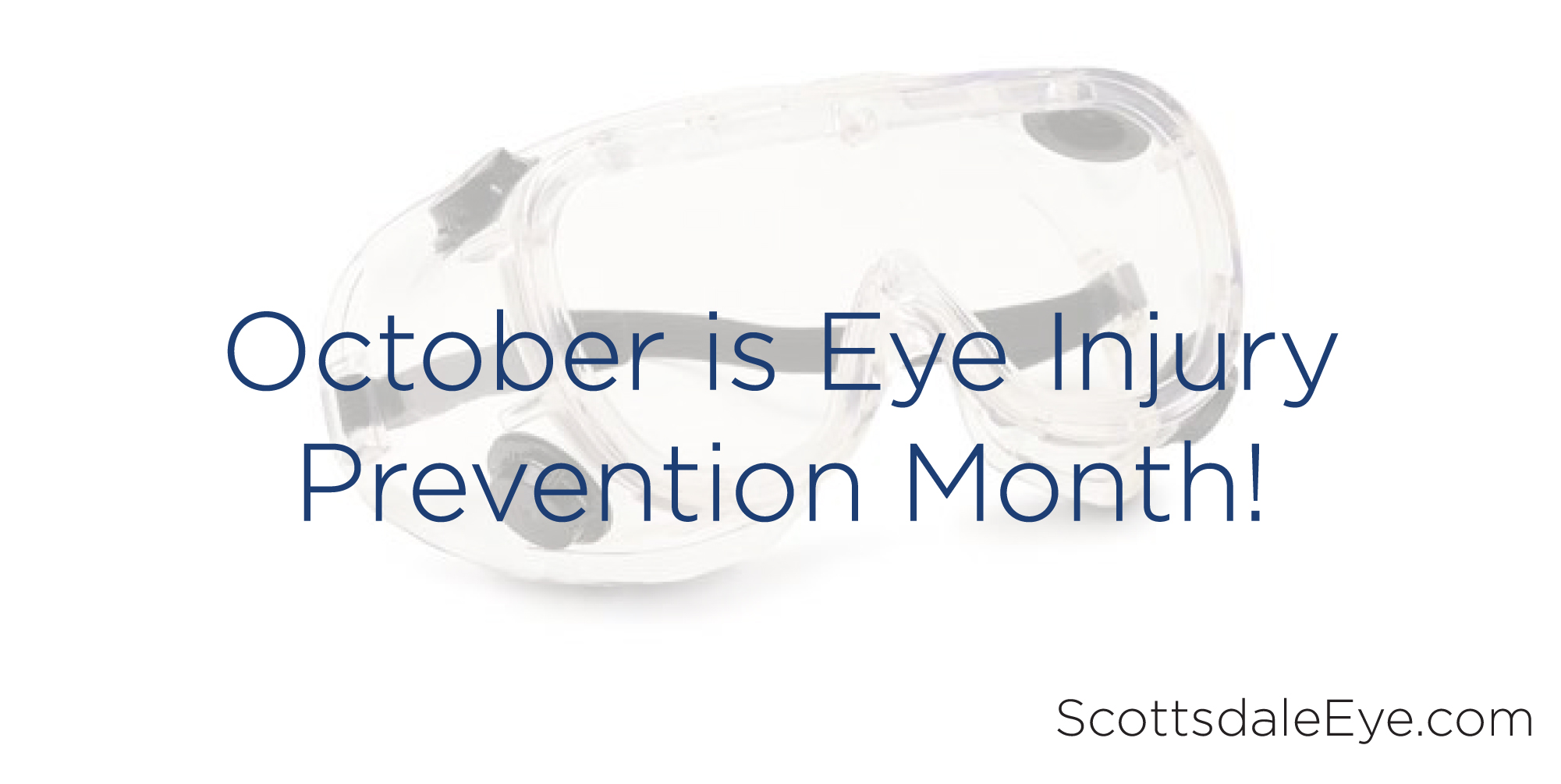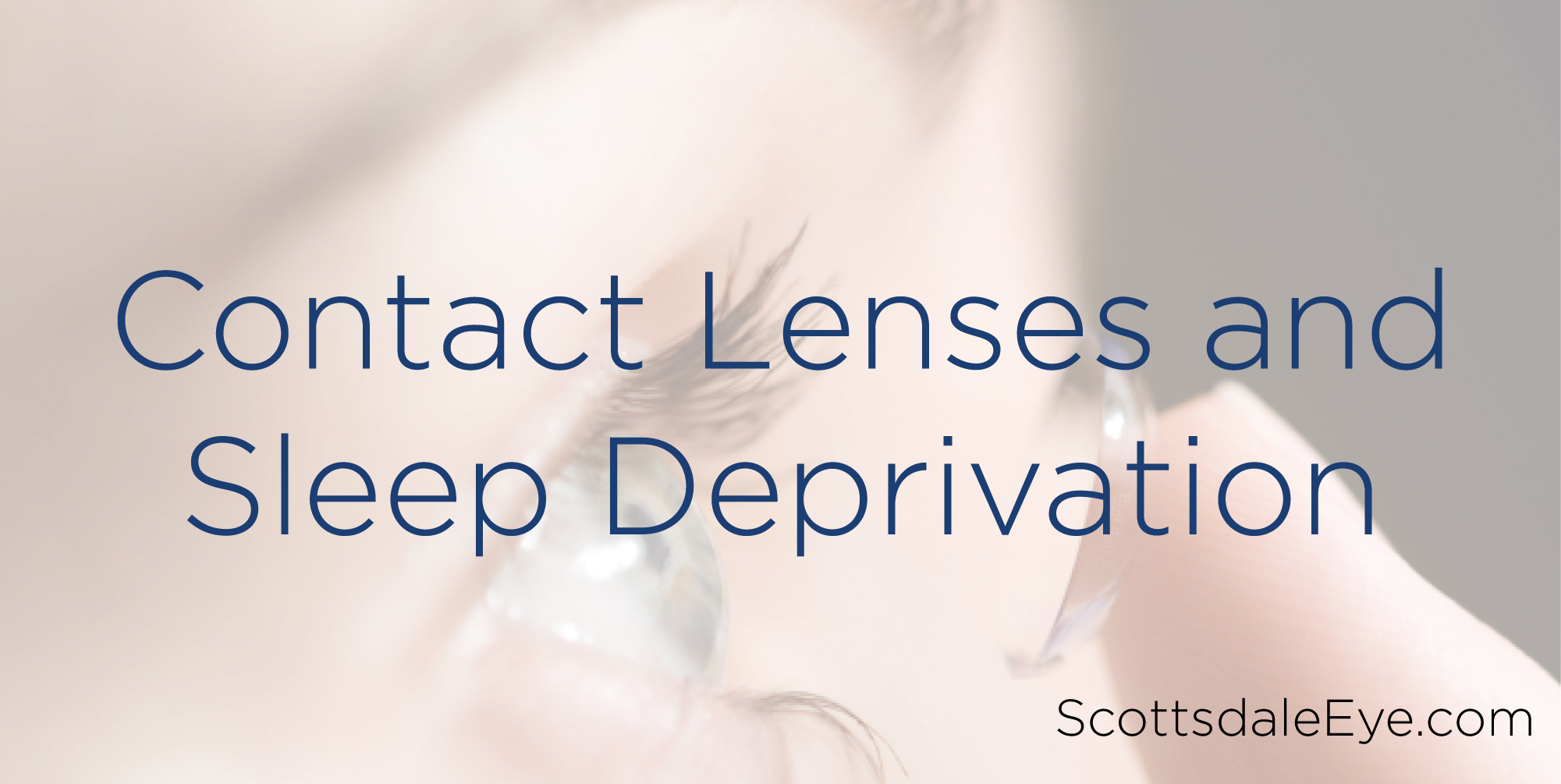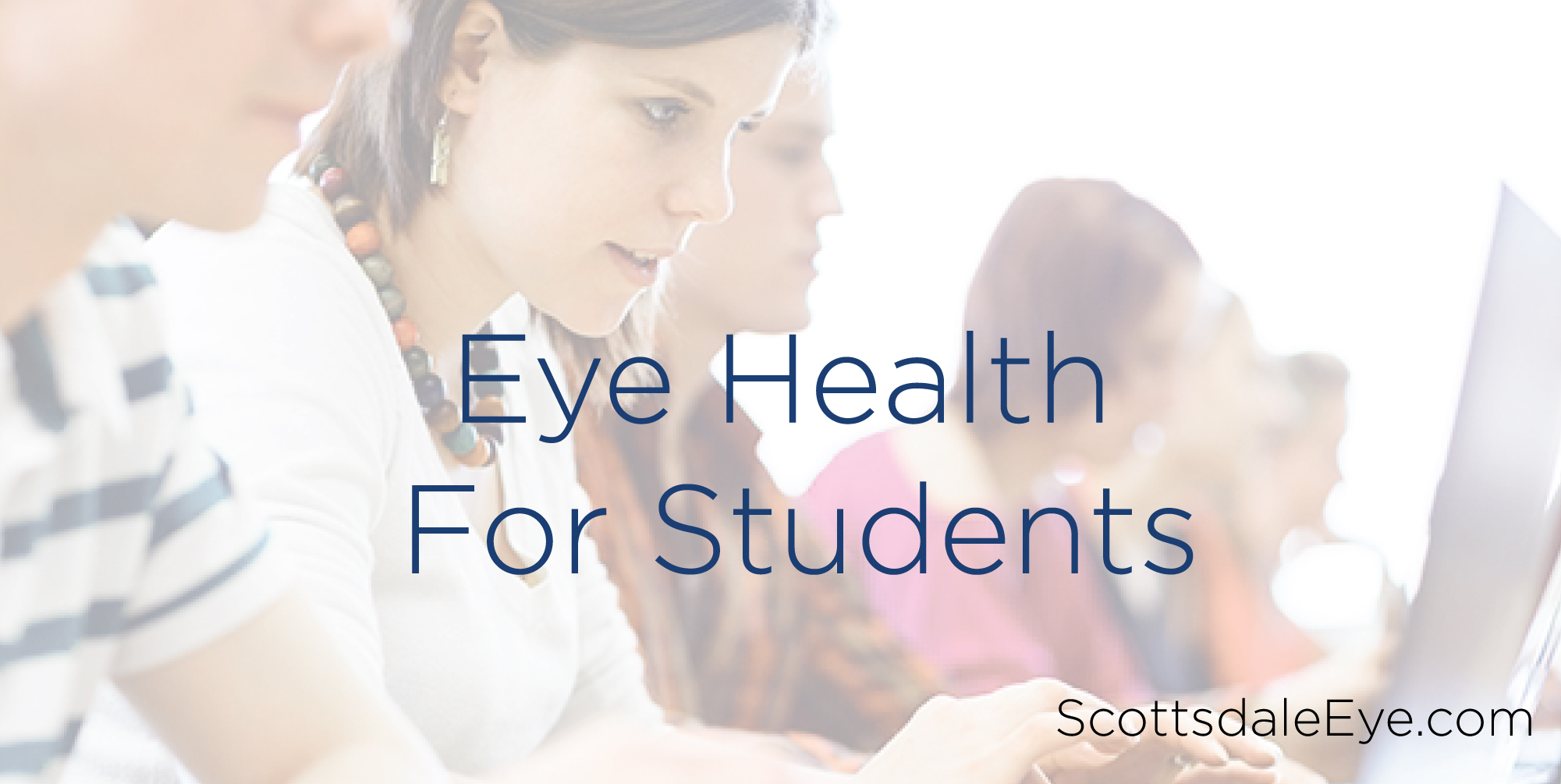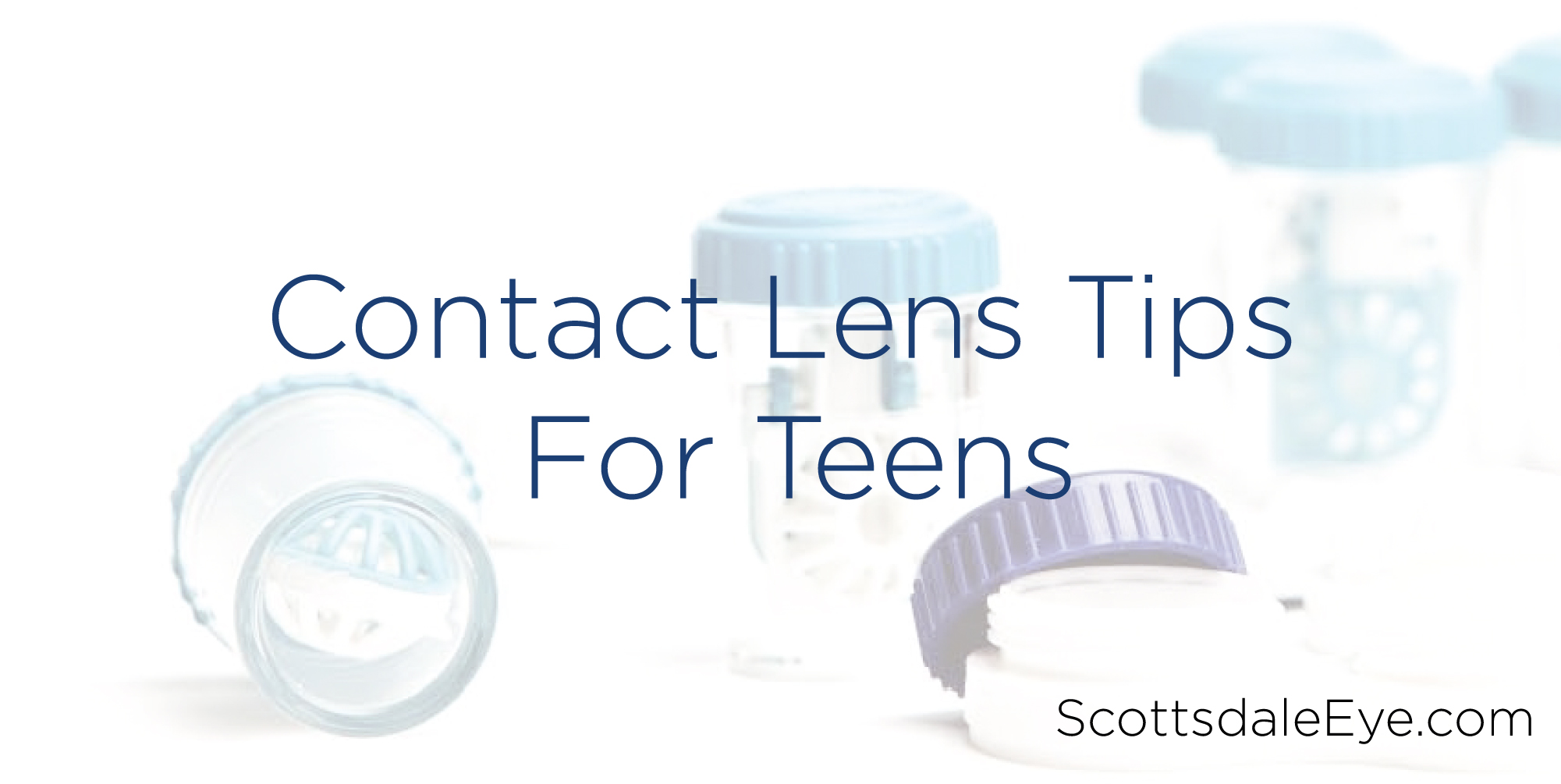Love Your Eyes: Ophthalmologists Remind Older Americans to Protect Themselves from Age-Related Macular Degeneration.
Seniors are at heightened risk for age-related macular degeneration, the leading cause of blindness among older Americans. The disease damages central vision, limiting a person’s ability to read and recognize faces. Approximately 2.1 million Americans had AMD as of 2010. This number is expected to double to more than 5.4 million by 2050. Meanwhile, fewer people are aware of the disease compared to other eye diseases such as cataracts and glaucoma.
To help raise awareness of age-related macular degeneration, the Scottsdale Eye Physicians and Surgeons, PC and the American Academy of Ophthalmology are reminding seniors that their eyes need love, too. There are steps they can take to take better care of their eyes and protect themselves from AMD-related blindness.
Here are five eye-loving tips from the Academy and the facts behind the advice:
- Get regular comprehensive medical eye exams. AMD often has no early warning signs, so getting regular comprehensive eye exams is critical to diagnosing and treating AMD in its early stages. The Academy recommends that people over age 65 get an exam every one to two years, even if they have no signs or symptoms of eye problems.
- Quit smoking. Numerous studies have shown smoking to increase the risk of developing AMD and the speed at which it progresses. If you smoke, you are twice as likely to develop macular degeneration compared with a nonsmoker.
- Know your family’s eye health history. If you have a close relative with AMD, you have a 50 percent chance of developing the condition. Before you go in for your next eye exam, speak with your family about their eye health history. Sharing this information with your eye doctor may prompt him or her to recommend more frequent eye exams. The earlier AMD is caught, the better chances you may have of saving your vision.
- Eat a diet rich in omega-3s and low in cholesterol and saturated fat. A number of studies have shown that people who had a reduced risk of AMD had diets rich in omega-3 fatty acids, such as fish. In one study of patients who were at moderate risk for AMD progression, those who reported the highest omega-3 intake (not in the form of a supplement) were 30 percent less likely to develop advanced AMD after 12 years. In another study, an increased risk of AMD was found in individuals who had a higher intake of saturated fats and cholesterol and in those with a higher body mass index.
- Exercise regularly. Many studies have shown that getting regular exercise can benefit your eyes. One study found that exercising three times a week reduced the risk of developing wet AMD over 15 years by 70 percent.
“There is still a worrying lack of awareness when it comes to AMD, despite it being the number one cause of blindness in seniors,” said Rahul N. Khurana, M.D., a clinical spokesperson for the American Academy of Ophthalmology. “Older Americans who are unaware of the disease may be putting themselves at risk by not taking early steps to care for their vision. The good news is that they protect their sight from AMD-related blindness by showing their eyes some TLC with regular eye exams and lifestyle changes.”
Age-related Macular Degeneration is a very serious eye disease and the proper steps should be taken to protect your vision. Make sure to be seen by an eye doctor often for a comprehensive eye exam! To make an appointment call us at 480-994-1872 or visit our website to book online!






